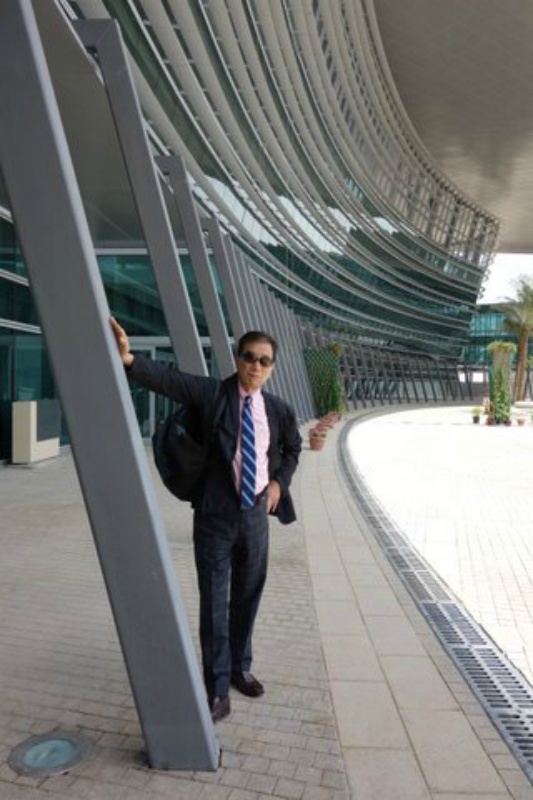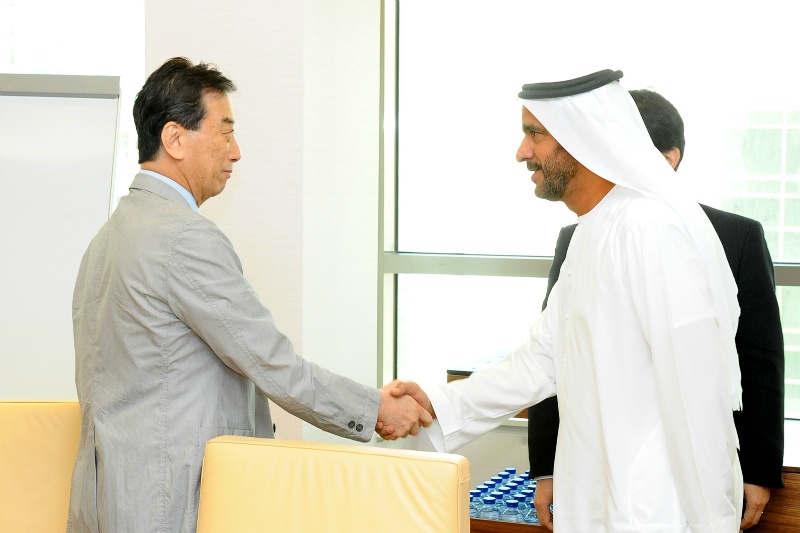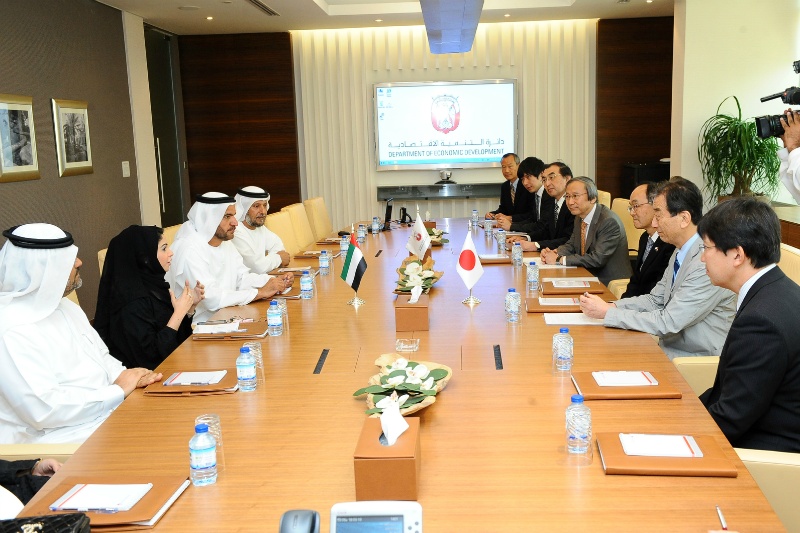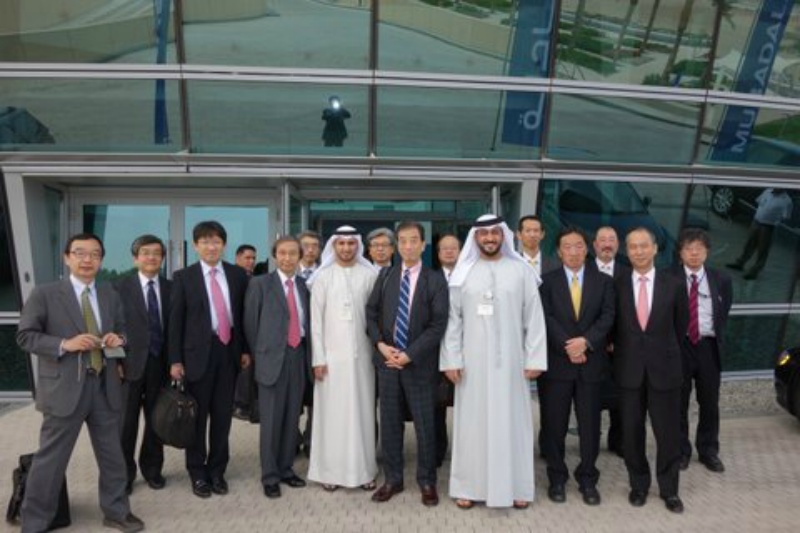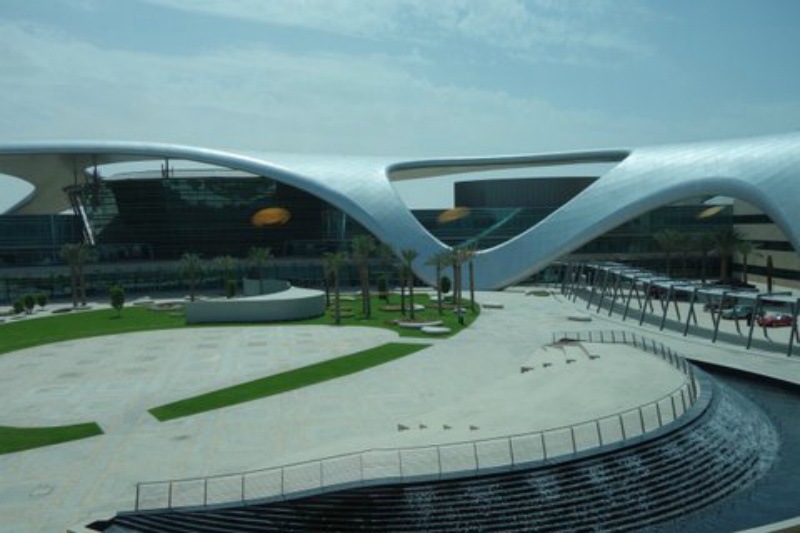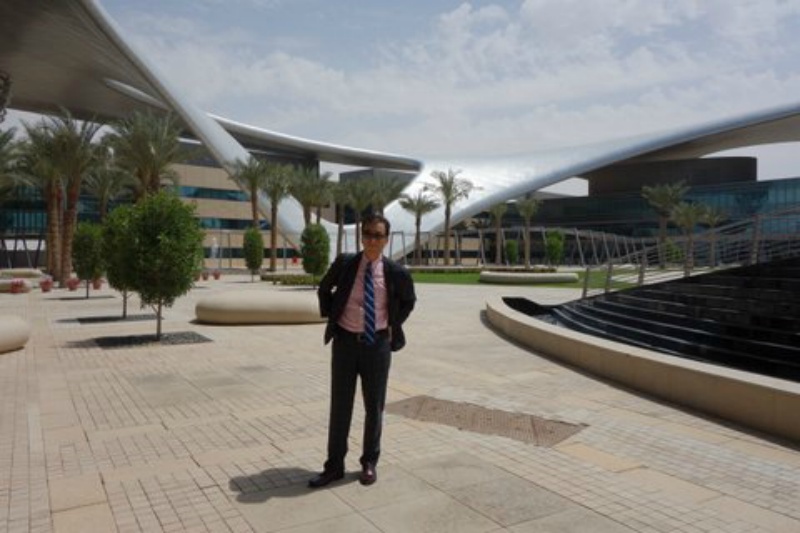It may be hard to believe that the situation at the Fukushima Nuclear Plant is getting any better. This is a fact that is clear to anyone.
The briefings on the situation by TEPCO are undecipherable (they are completely lacking any effort of being understood by the Japanese public as well as the international community, making statements that suggest that they think it is someone else’s problem) . And so too the information from the central government, as well as plans for the response to the crisis. With an overwhelming lack of transparency, there is no explanation as to the reasons behind the plan of action, leading to a loss of trust from the whole world as well as here at home.
Curiously, the Japanese media has also lost its courage, with less and less critical coverage, leaving the people of the nation without a voice. Even if one has information of critical importance, it is rarely divulged for fear of endangering one’s job or position. All this deception is counter-productive, and will only lead to a loss of faith from the international community.
The respected scientific journal ‘Nature’ has also lost patience with the situation, and has put forth a strong stance (Japanese version). The internet is buzzing with opinions being passed back and forth. Twitter too, has many examples of such activity.
A disaster on such a scale with dire implications on an international level as the one at Fukushima disaster would do well to pay heed to the lessons learnt through the British government’s response (1) to the outbreak of BSE.
Costly mistakes were made in the early stages, from the discovery of the first cases and the initial response, resulting in the disease spreading to humans. This was followed by countermeasures based on the recommendations of the EU’s Scientific Steering Committee, and the struggle to regain consumer confidence in the scientific advances of the age. In the end it took more than two decades before British beef could be exported after the discovery of BSE ( it is interesting to note that here too, the Japanese government made a mess of the situation).
What we need is an independent international committee, committed to scientific principles and transparency to come up with solutions to the problem and make proposals to the government, which in turn will make decisions and execute these solutions. We need a plan of action that deals with the mid and long-term plans of the Fukushima Disaster, and we need it to be shared with the world.
Independence, transparency, public disclosure, adherence to scientific principles and an international approach are a must as a first step towards recovery of trust in this globalized day and age. It is because of these factors that the NAIIC was so highly rated and respected, earning the trust of the global community, and there is an urgent need for the public to understand this.
Visitors to my blog here, what do you think? The State Government that loses the trust of the nation will a long take time to regain it.
It’s already two-and-a-half years since the Fukushima nuclear accident.
